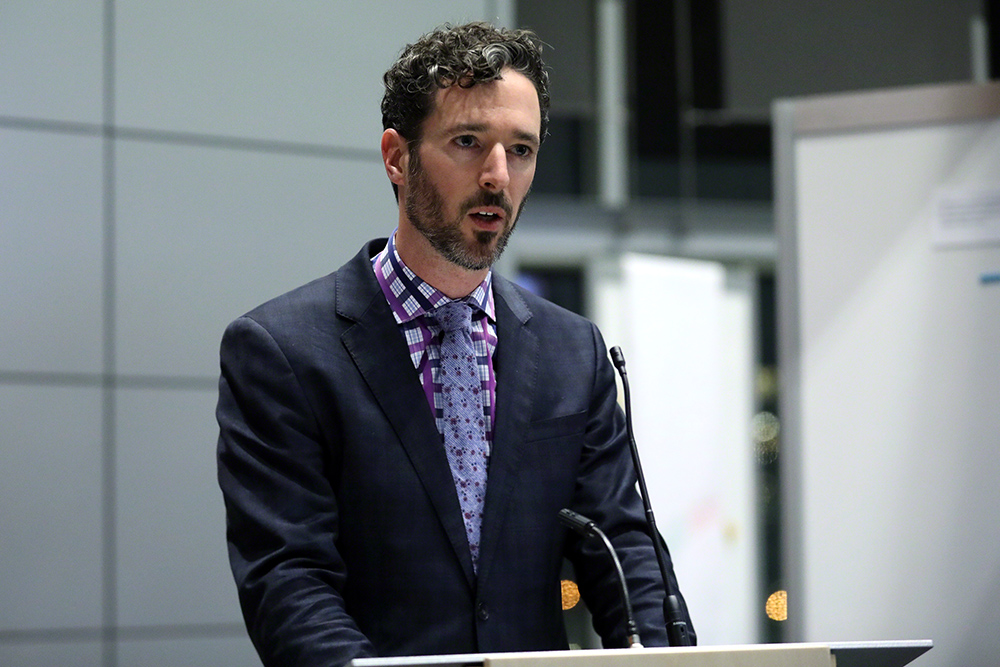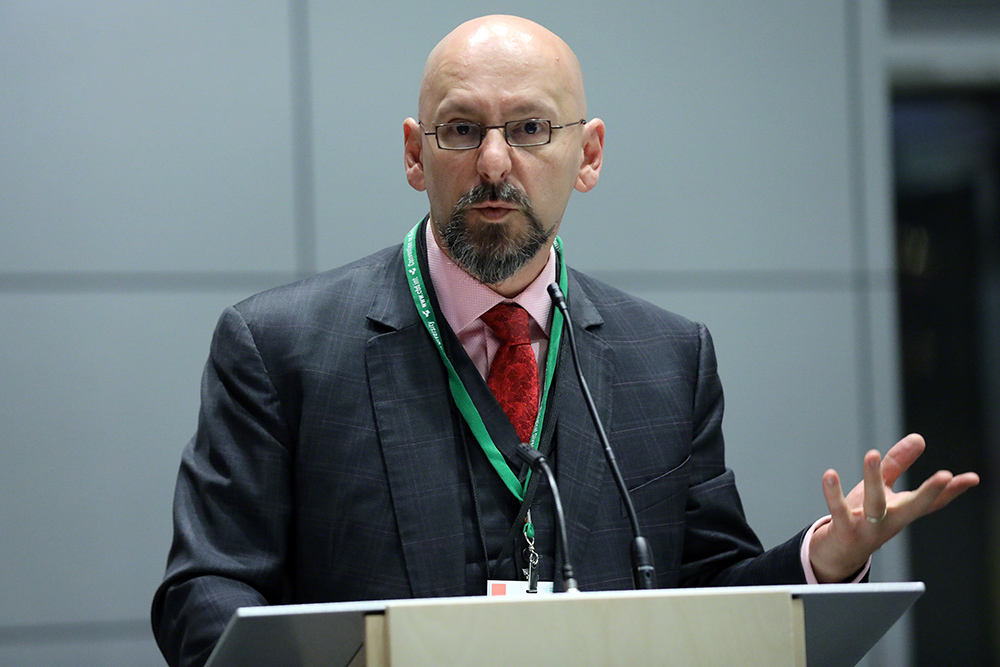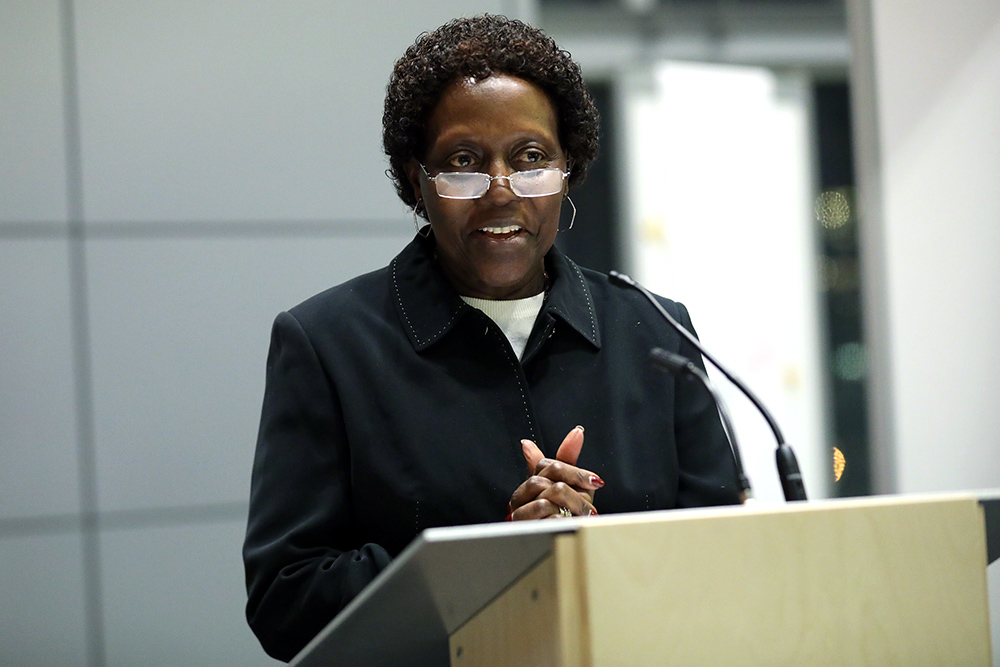Summary
Highlights for Monday, 25 November 2019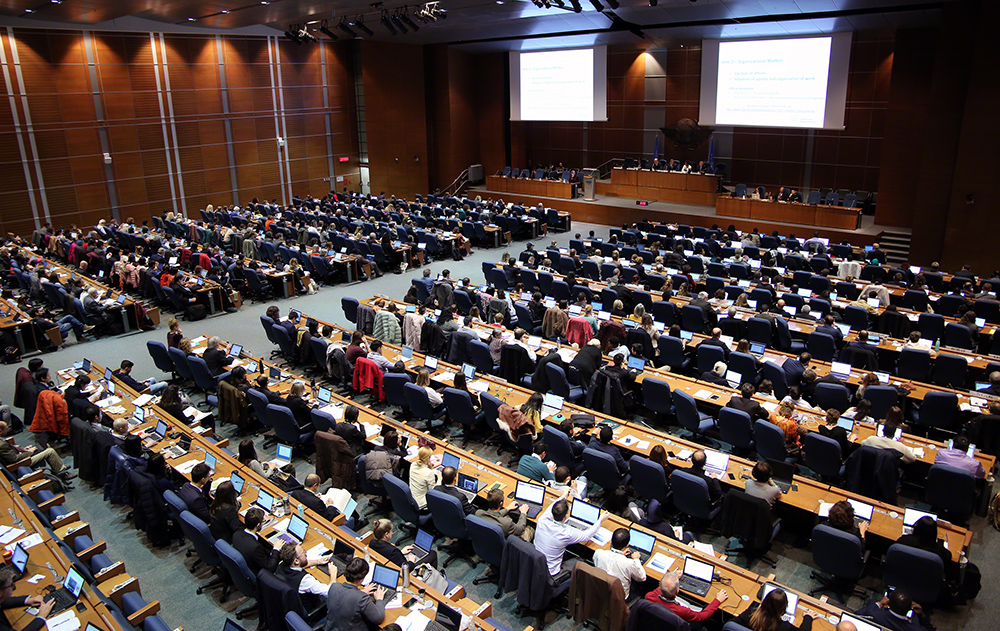
Delegates to the 23rd meeting of the Subsidiary Body on Scientific, Technical, and Technological Advice (SBSTTA 23) of the Convention on Biological Diversity (CBD) met throughout the day to hear opening statements, address organizational matters, and exchange views on informing the scientific and technical evidence base for the post-2020 global biodiversity framework. In the opening plenary, SBSTTA Chair Hesiquio Benítez Díaz (Mexico) reminded delegates and observers that “biodiversity is not only an environmental problem, but also a question of social, economic, and moral development”. Highlighting the “crucial stage” of the process in building the post-2020 global biodiversity framework, he urged participants to work together; focus on building recommendations; and “set aside political decisions” for the upcoming Conference of Parties (COP). Elizabeth Mrema, Officer-in-Charge, CBD Secretariat, stressed that recent assessments from the Intergovernmental Science-Policy Platform on Biodiversity and Ecosystem Services (IPBES) and the Intergovernmental Panel on Climate Change (IPCC) show that biodiversity, climate change, and land degradation are interlinked; and that significant declines in biodiversity are occurring at all levels. She noted that conservation action has been successful in reducing biodiversity loss, and that humans have the evidence, knowledge, and ability to address the challenges before them “on a scale unimaginable a few years ago”. During a series of thematic presentations to inform the scientific and technical evidence base for the post-2020 framework, Eduardo Brondizio, Co-Chair of the IPBES Global Assessment on Biodiversity and Ecosystem Services, described the direct and indirect drivers of biodiversity decline and explained that regional improvements do not prevent aggregated global biodiversity from deteriorating. Andreas Schei, Norwegian Environment Agency, emphasized the need to better understand direct and indirect drivers of biodiversity loss, including their interlinkages, He underscored the need to consider biodiversity as part of the solution rather than solely focusing on biodiversity loss, stressing that “action is urgent, and it has been insufficient.” Tim Hirsch, Science writer for the fifth edition of the Global Biodiversity Outlook (GBO-5), discussed the development of the fifth edition of GBO-5. He stressed that while evaluating the extent to which the Aichi Targets have been achieved provides a bleak picture, not all messages are negative: impressive examples of success also exist, including eradication programmes for invasive alien species. Joji Cariño, Forest Peoples Programme, presented on the second edition of the Local Biodiversity Outlook, noting that: indigenous peoples and local communities (IPLCs) remain marginal in decision making; that IPLCs’ customary land tenure should be fully recognized to help deliver conservation outcomes; and financial resources must be deployed to support IPLC collective actions. Maïté Delmas, Global Partnership for Plant Conservation, showcased progress towards the targets of the Global Strategy for Plant Conservation (GSPC) 2020 at the global and national levels. Wadzanayi Goredema-Mandivenyi, South Africa, reported on a workshop which took place on 23 November, affirming that the draft GBO-5 is “a good example” of the need to draw on the best available evidence and science to build the post-2020 framework.In the evening, delegates attended a reception hosted by the Government of Canada.On Saturday and Sunday, two well-attended informal briefings focused on informing the evidence base for the post-2020 global biodiversity framework and on providing an overview on the framework’s development.For more details on the day’s negotiations and to hear what delegates said in the corridors, see our daily Earth Negotiations Bulletin (ENB).
IISD Reporting Services, through its ENB Meeting Coverage, provided daily web coverage and daily reports from WG8J 11 and SBSTTA 23. In addition, IISD Reporting Services has published a summary and analysis report from the meetings in HTML and PDF.
Photos by IISD/ENB | Mike Muzurakis
For photo reprint permissions, please follow instructions at our Attribution Regulations for Meeting Photo Usage Page
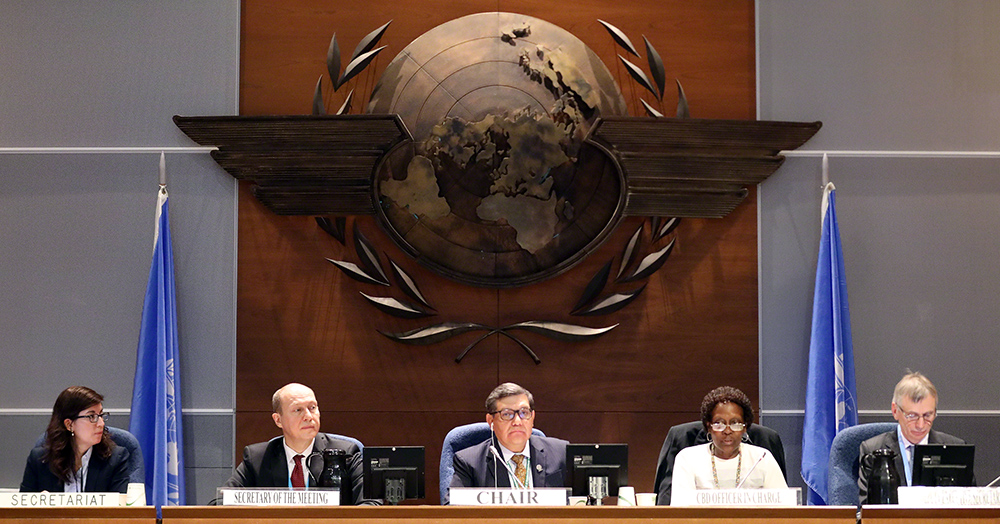
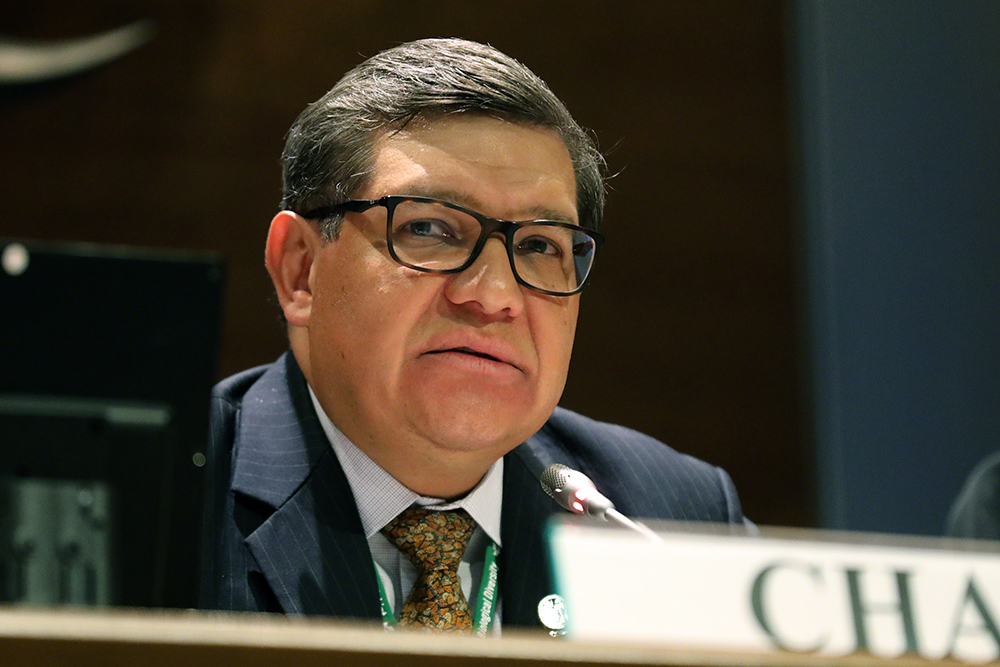

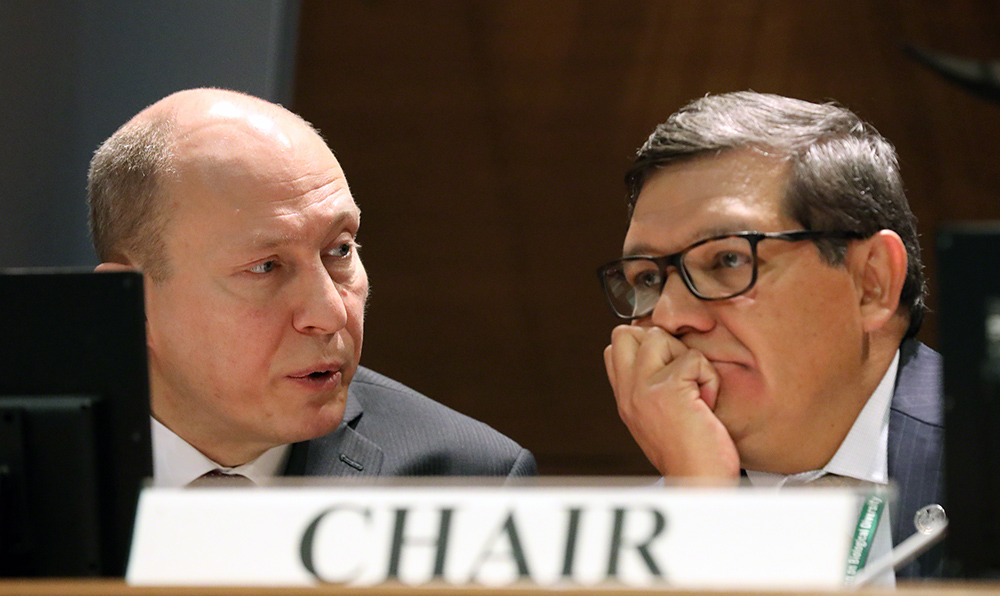
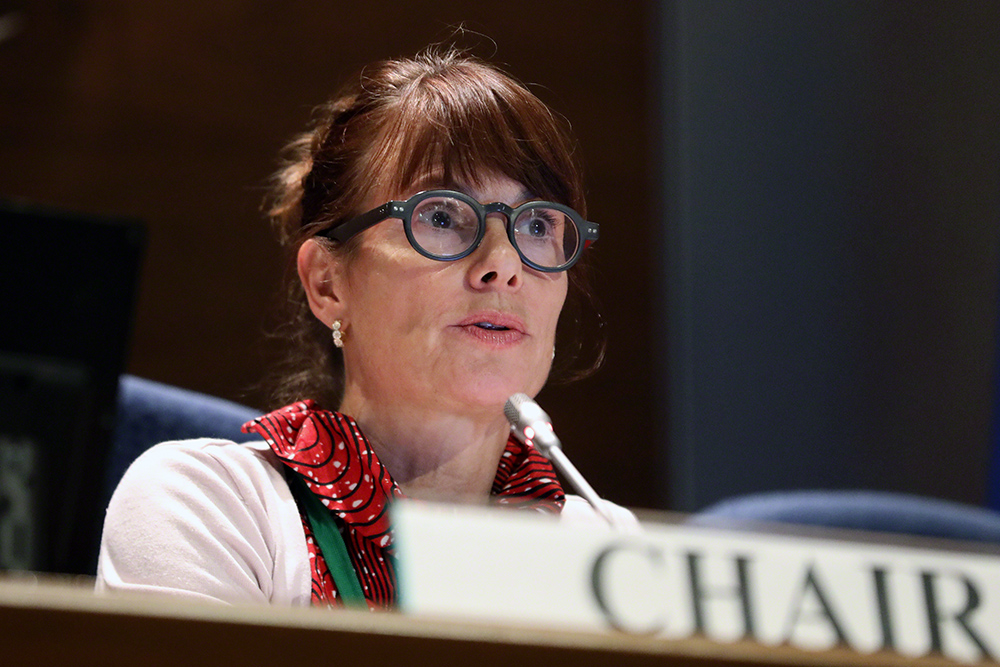
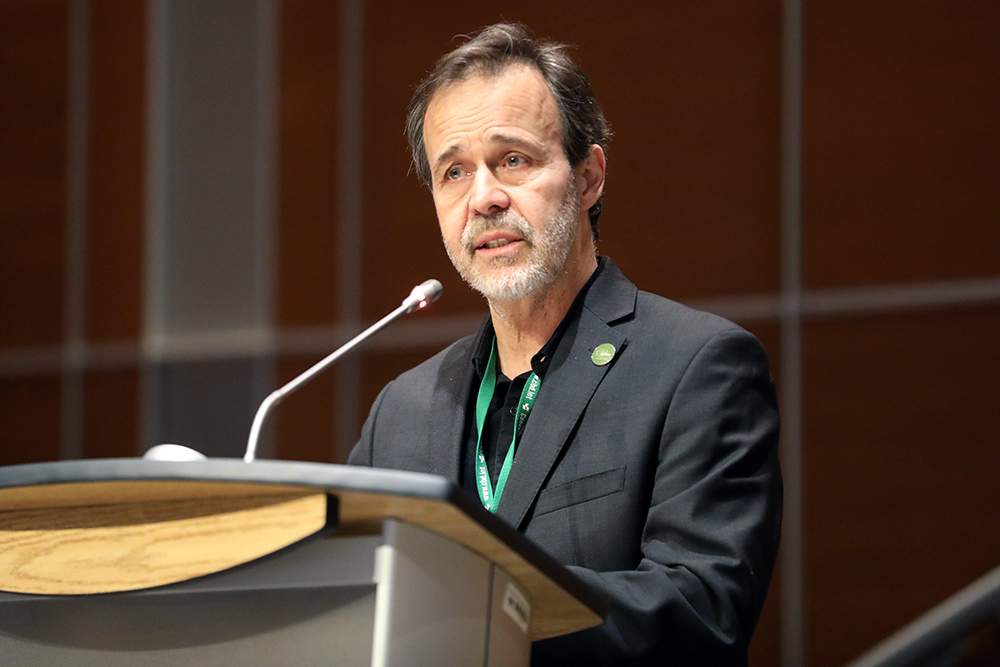
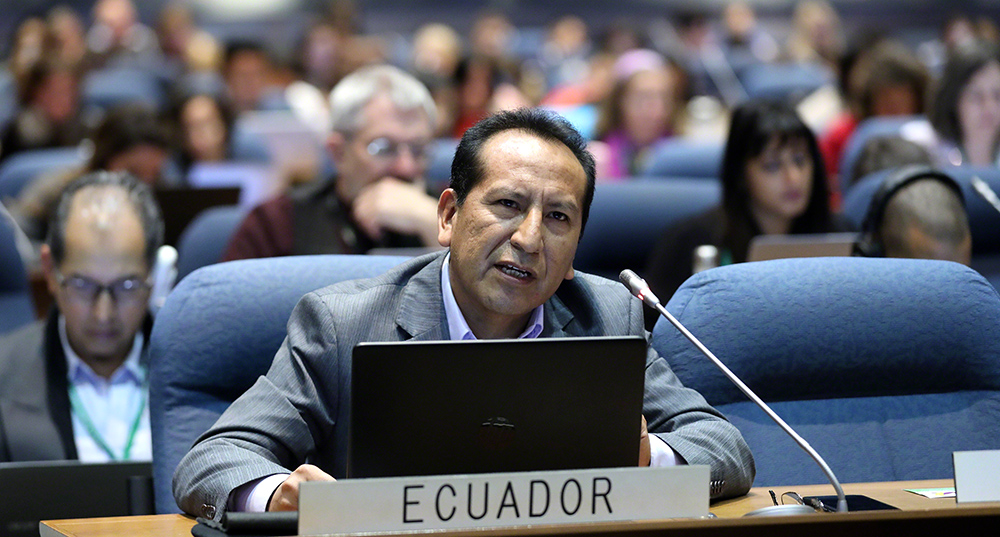

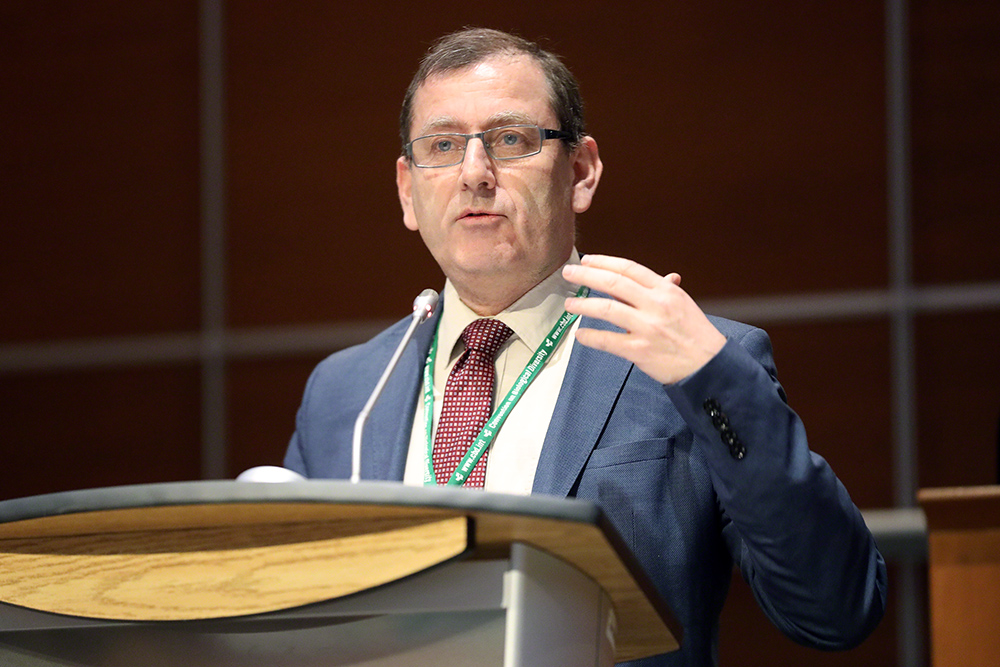
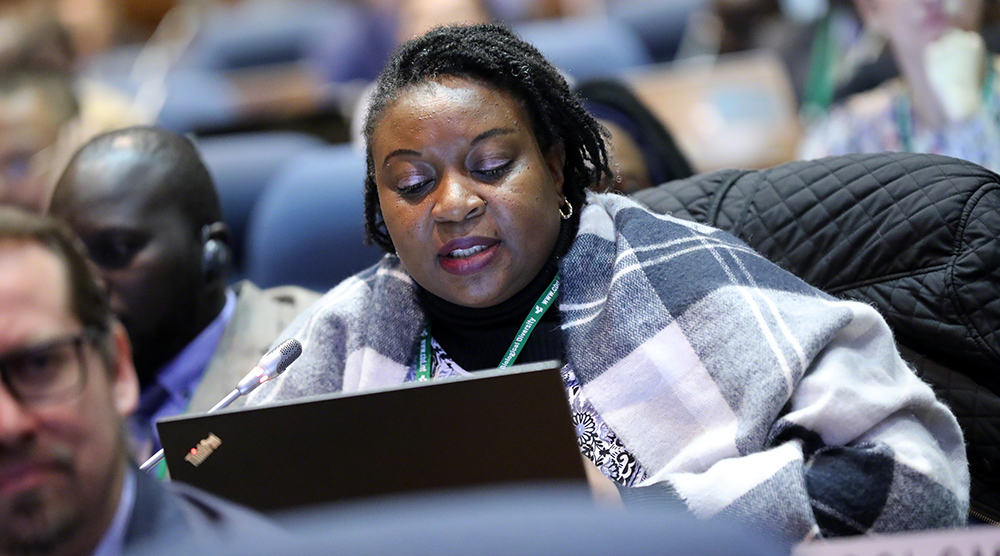
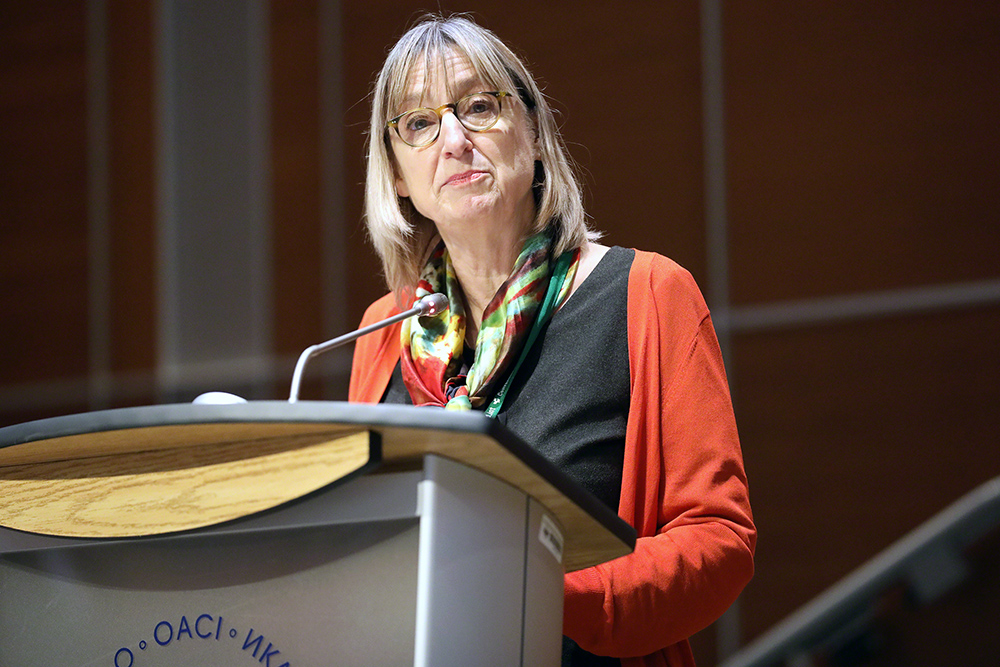
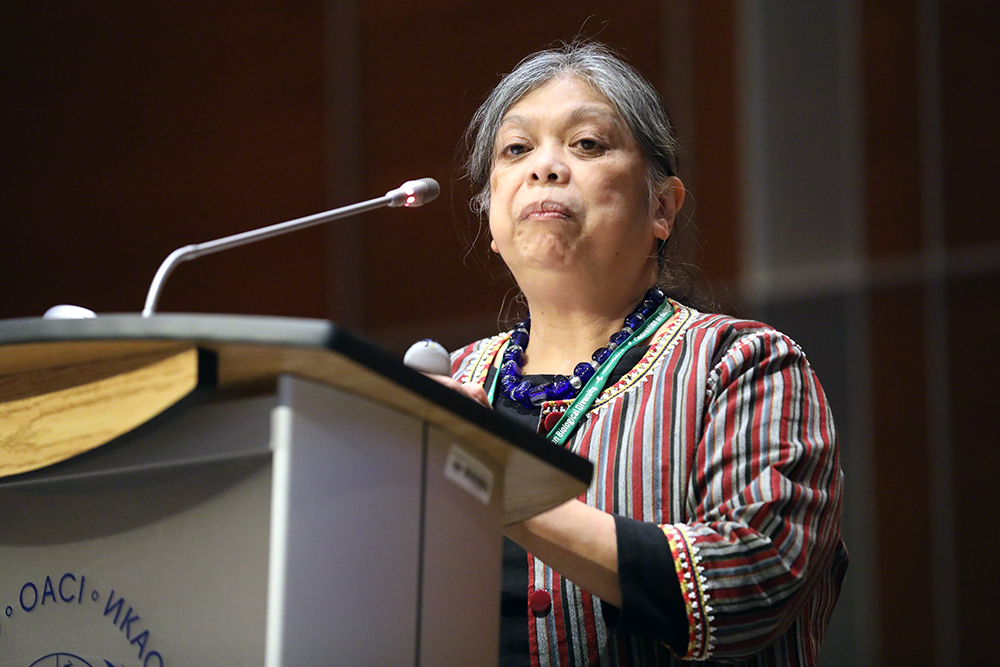
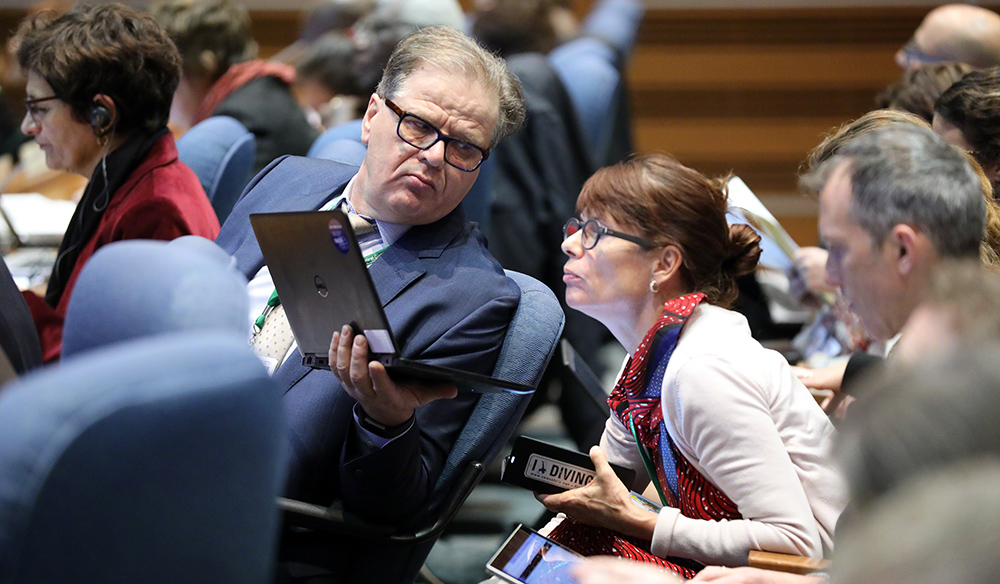
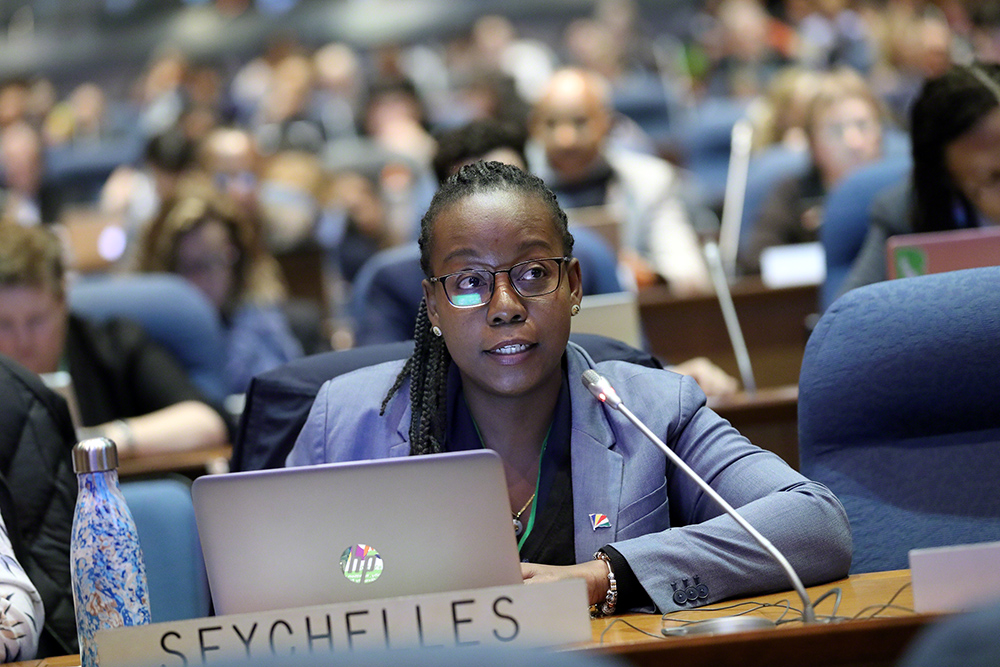
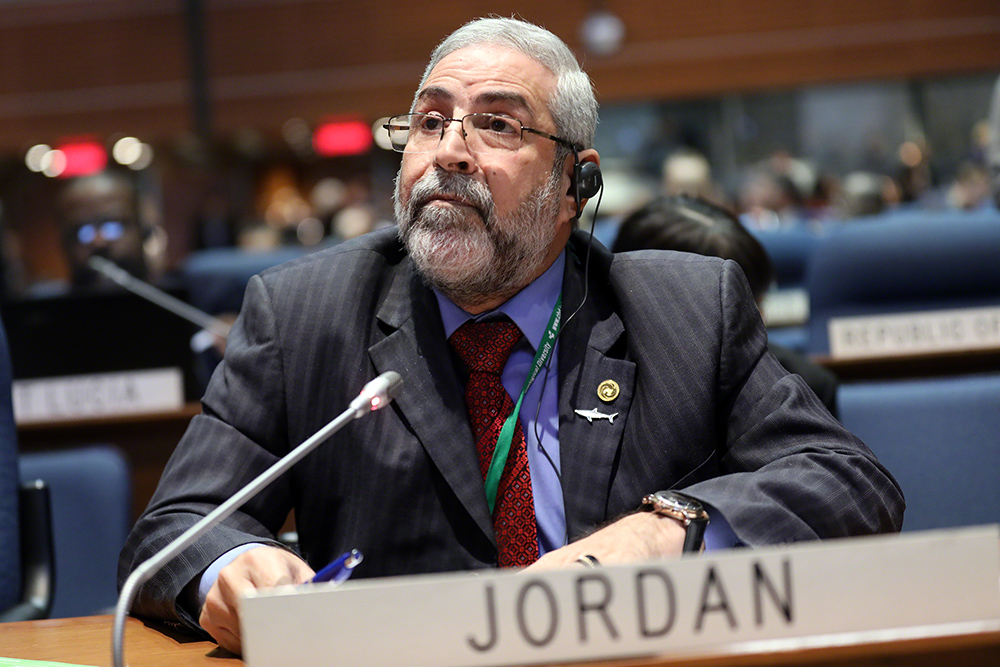
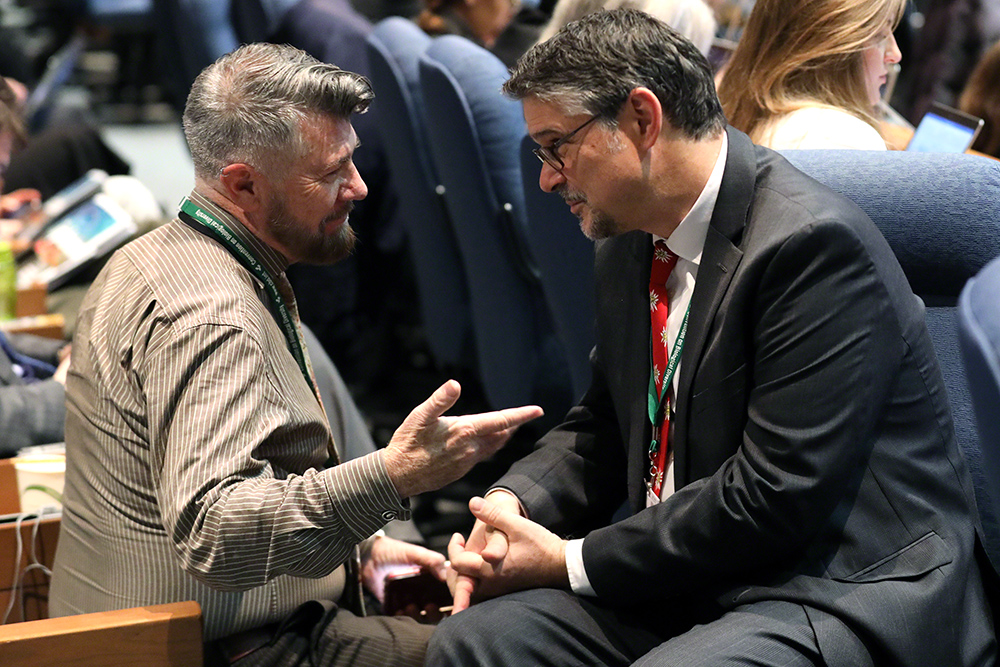
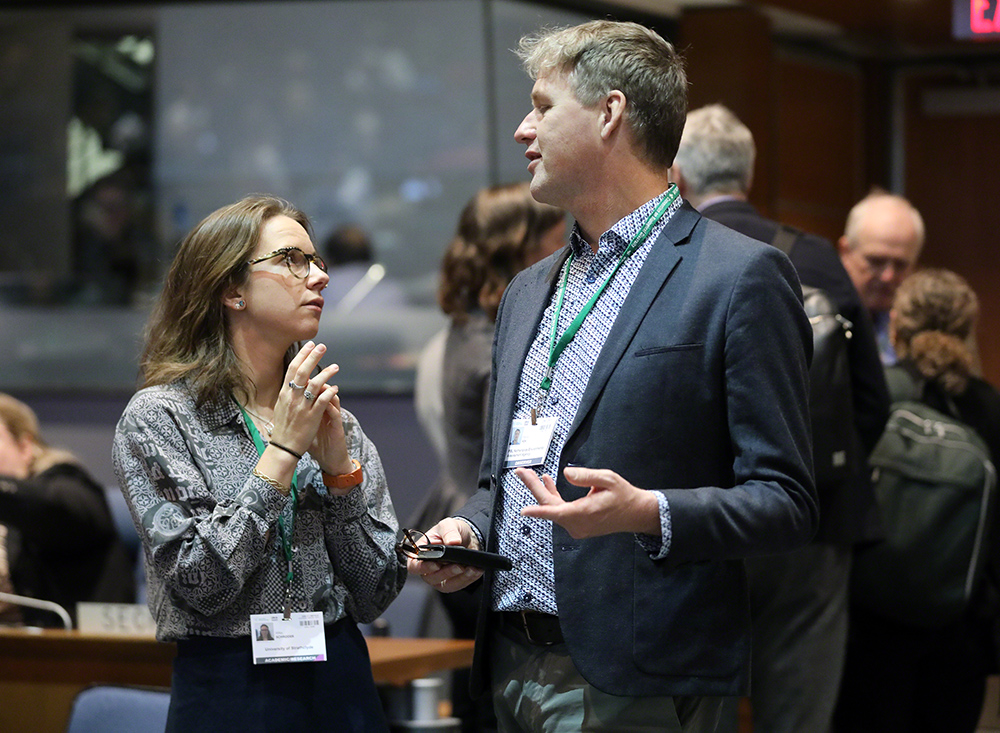

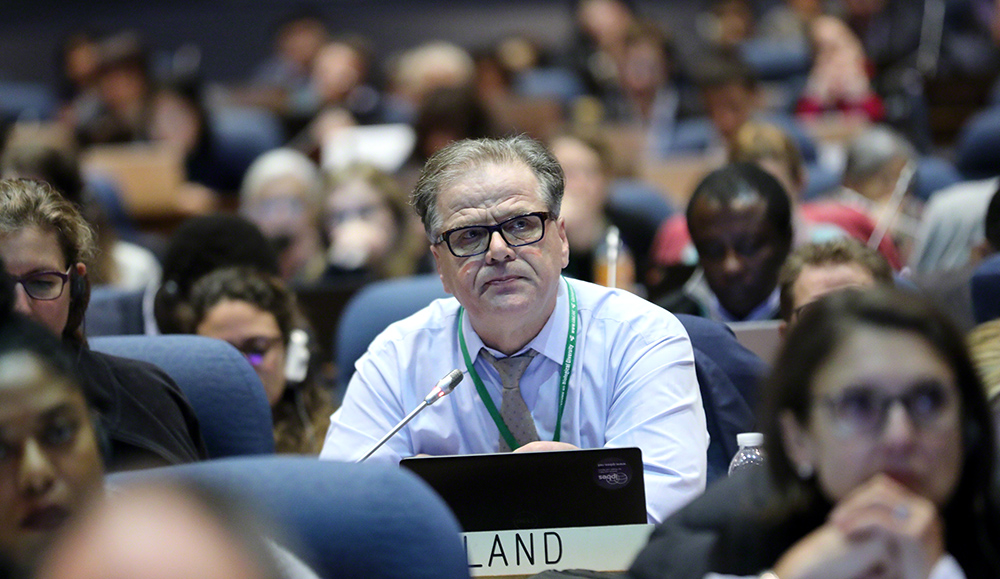
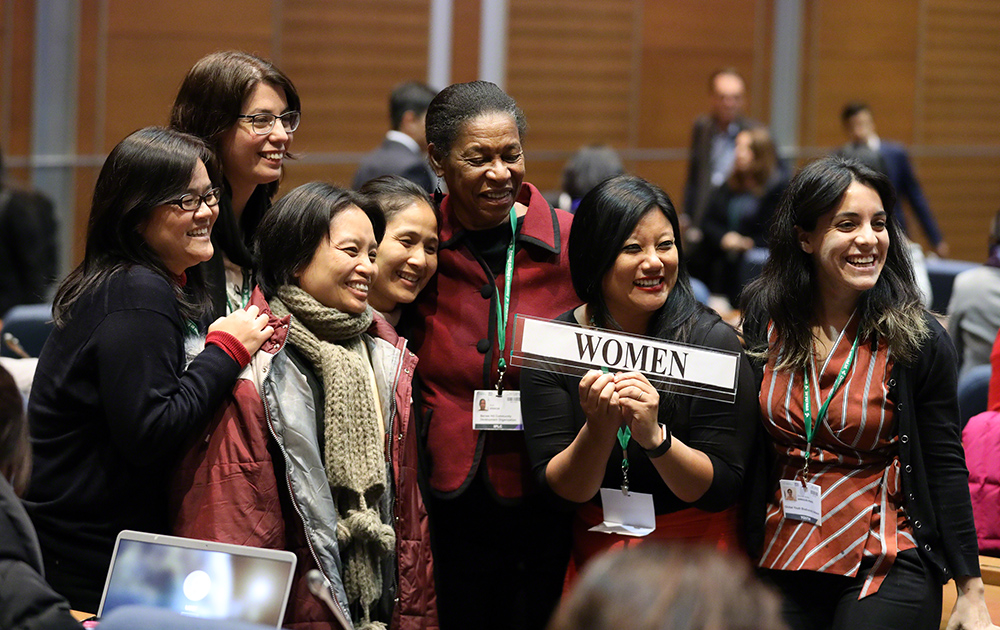
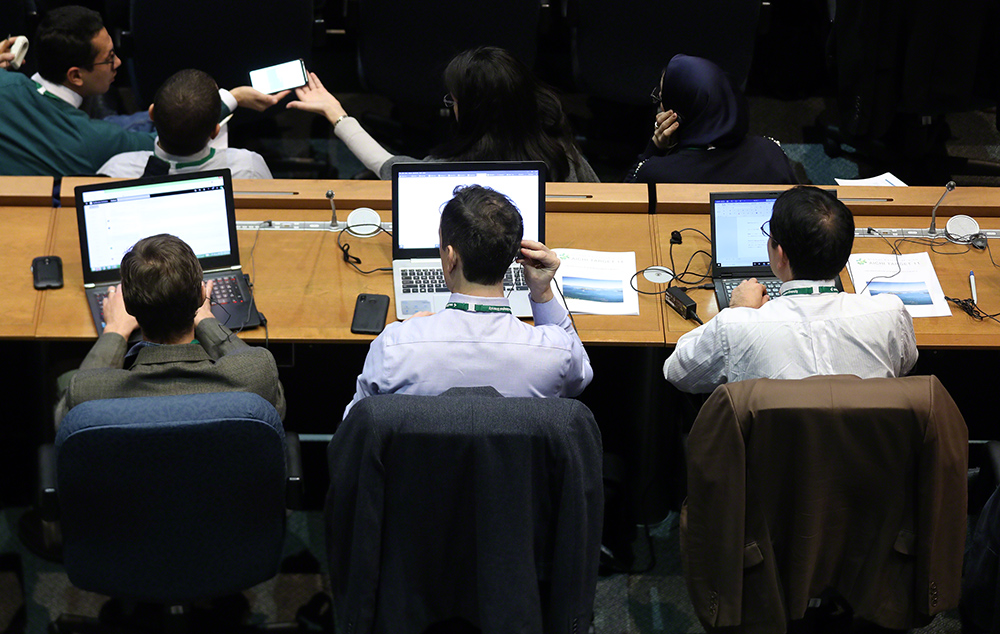
Informal Briefing by the Co-Chairs on the Post-2020 Global Biodiversity Framework
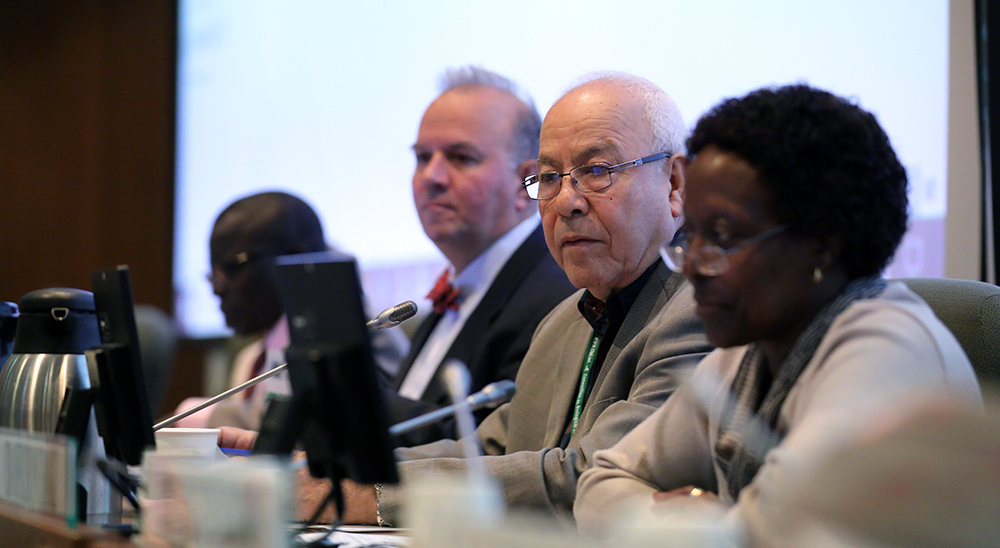
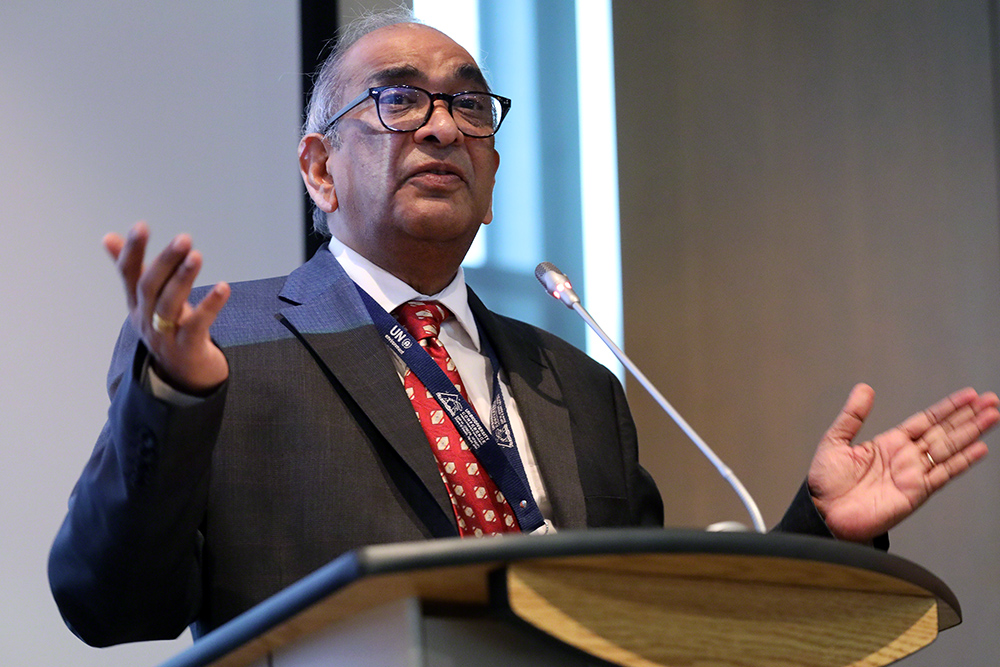
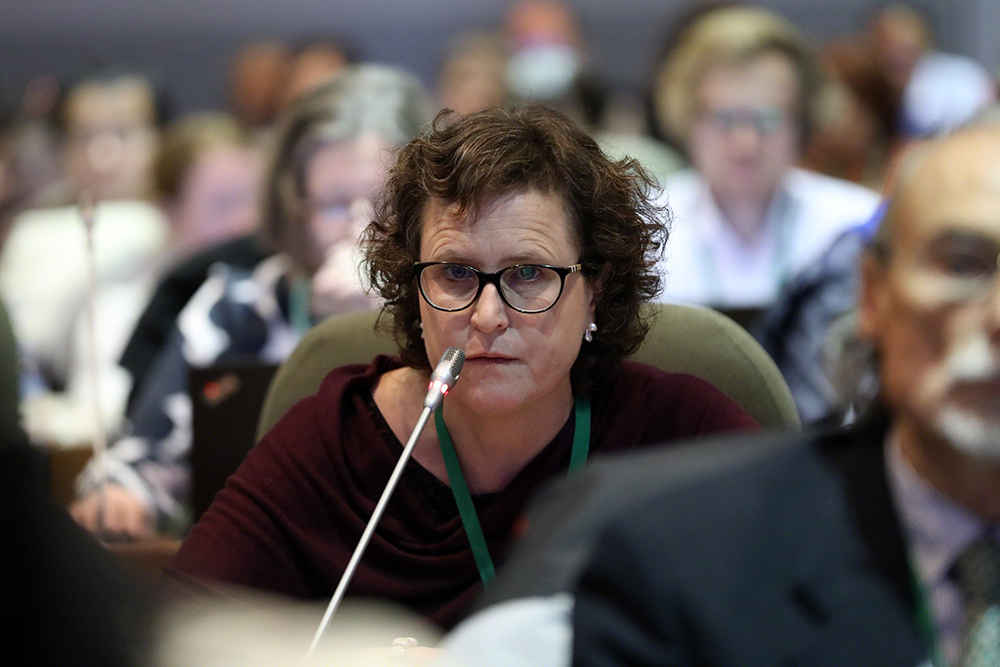
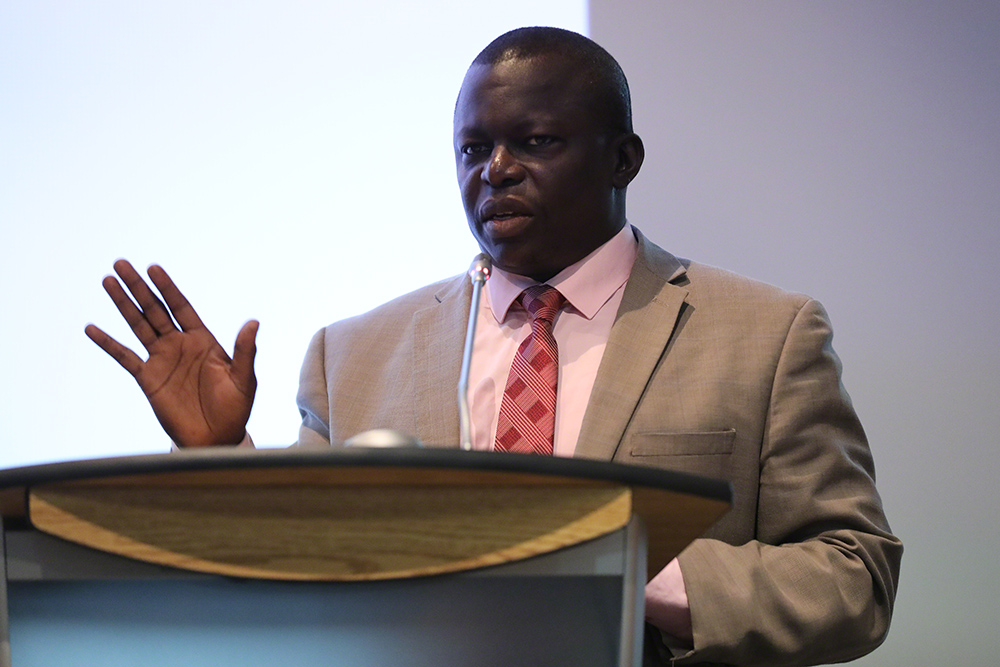
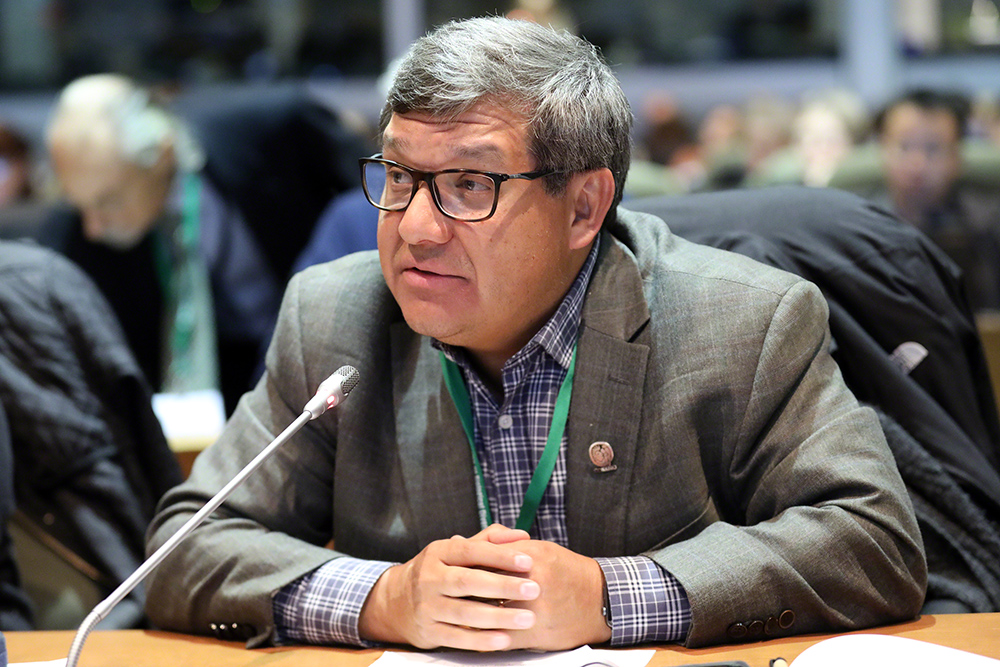
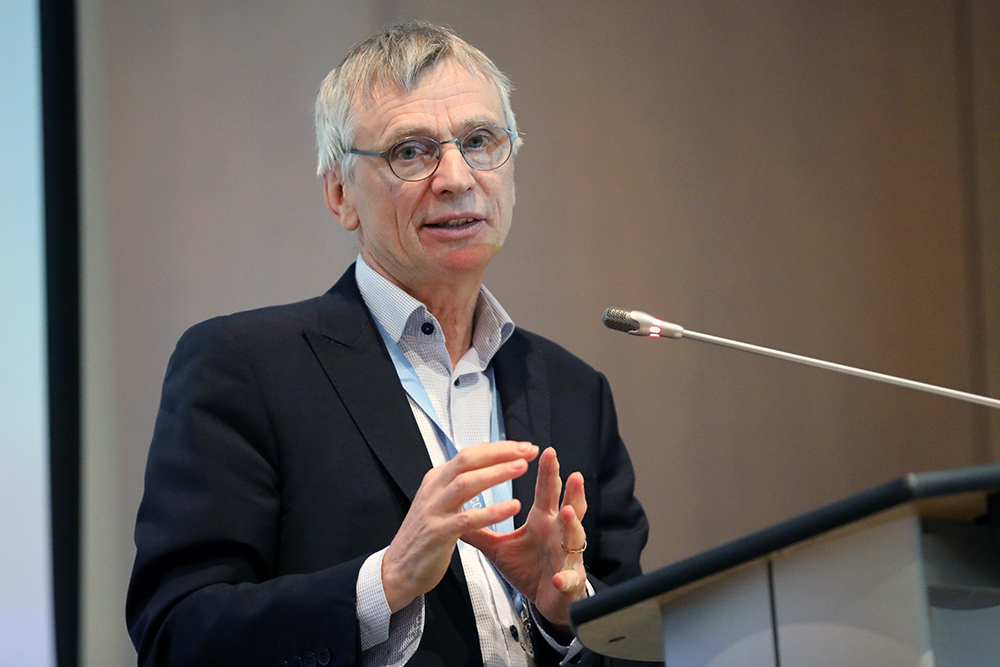
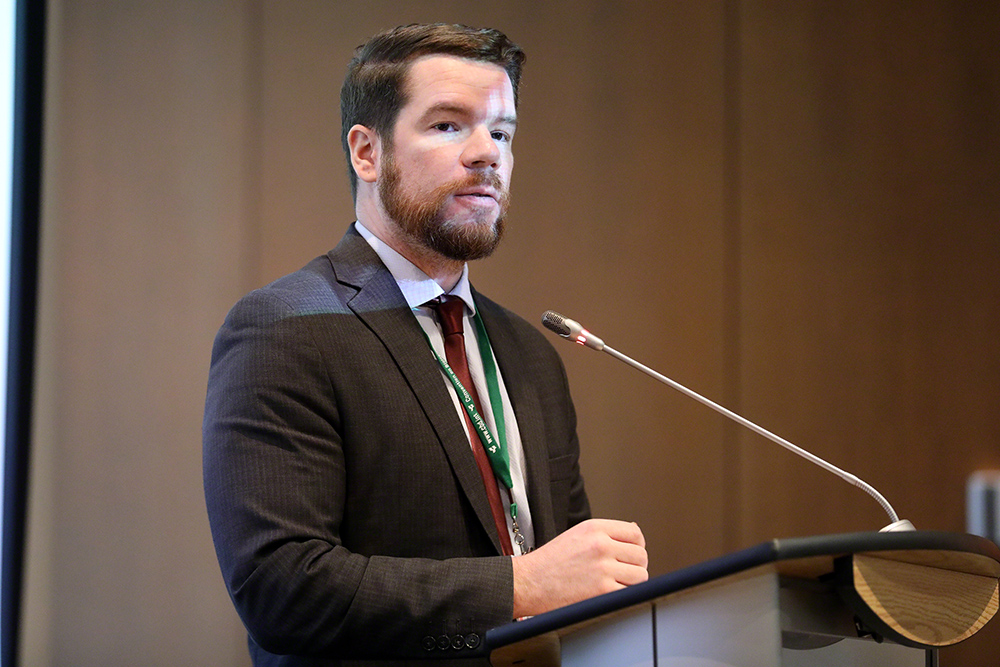
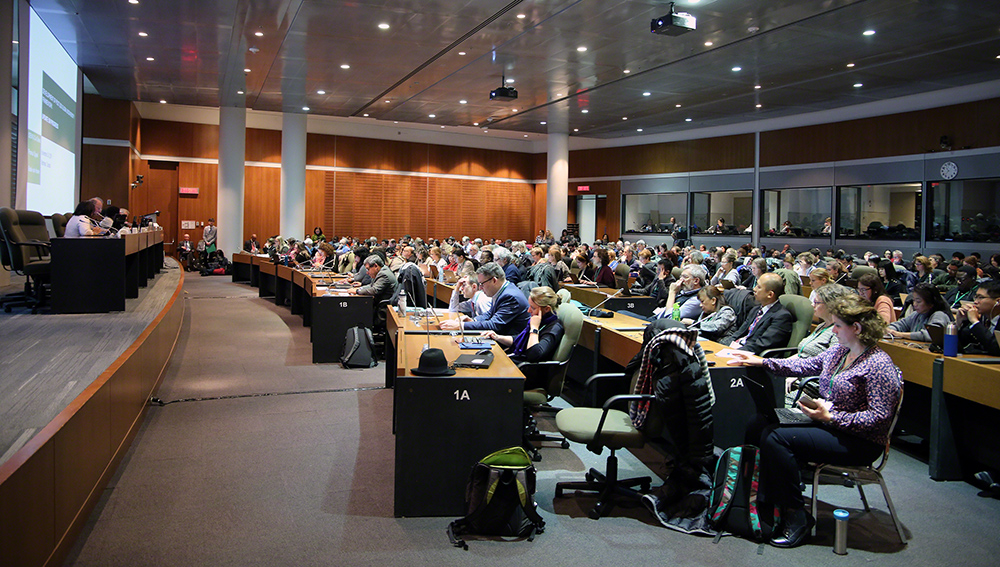
Side Event: Exploring Evidence for 2020 and Beyond - The Global Assessment Report (IPBES), the Global Biodiversity Outlook (CBD) and the future IPBES work programme
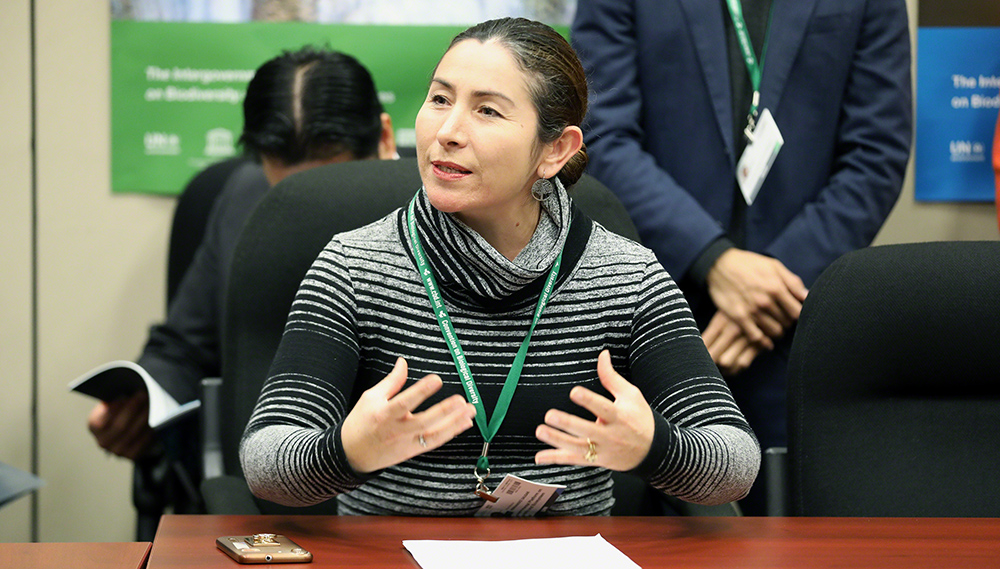
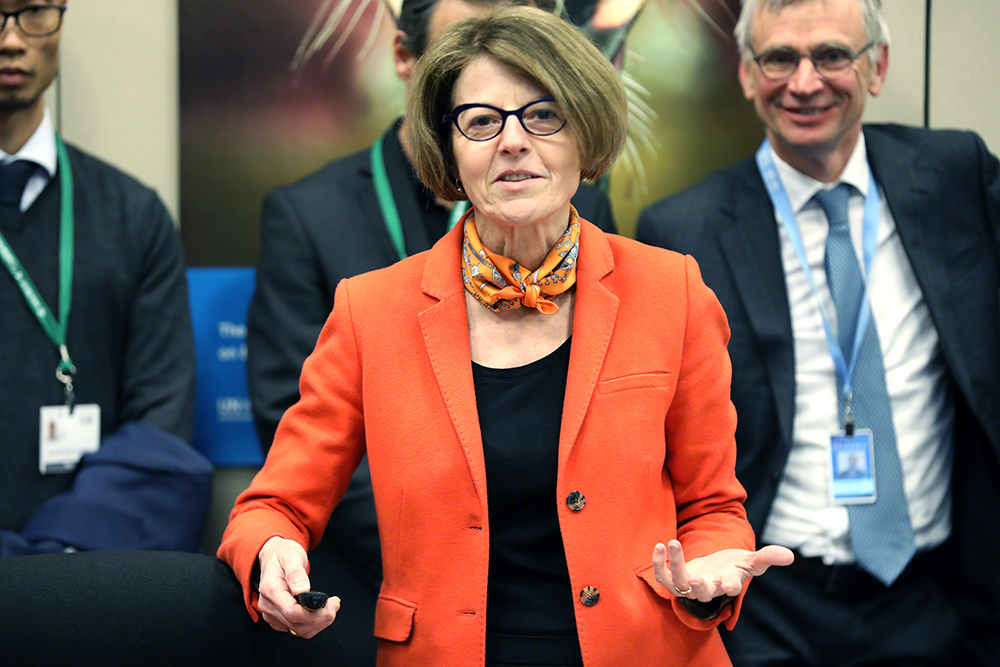
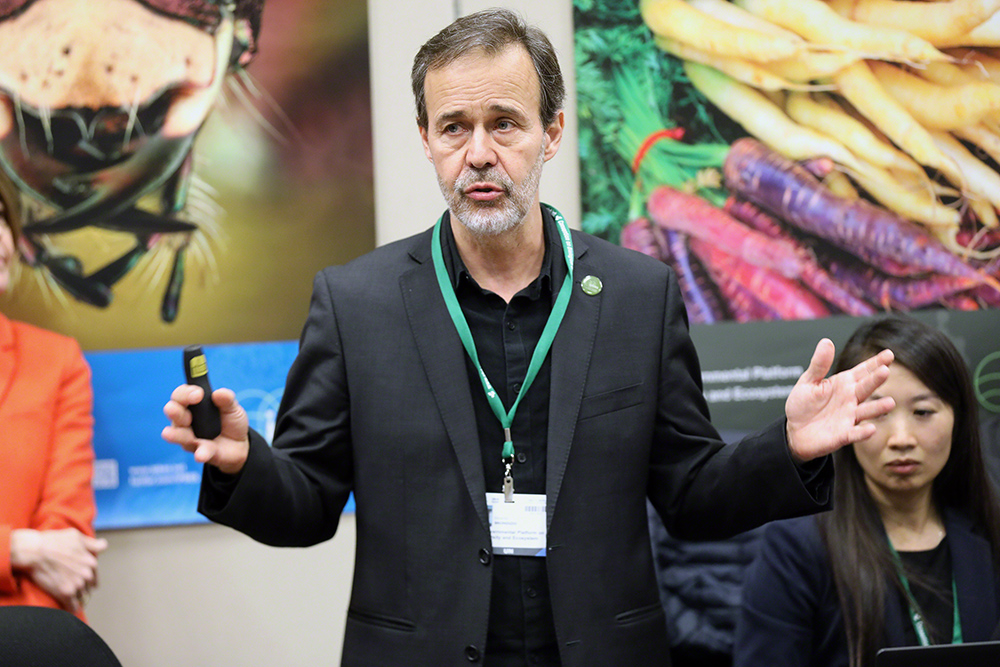
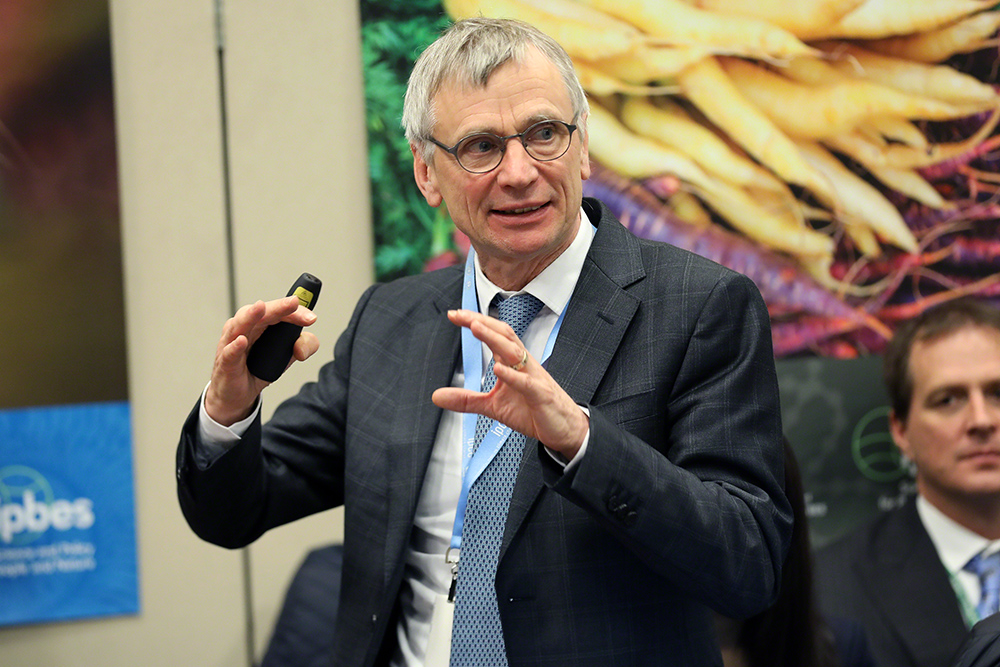
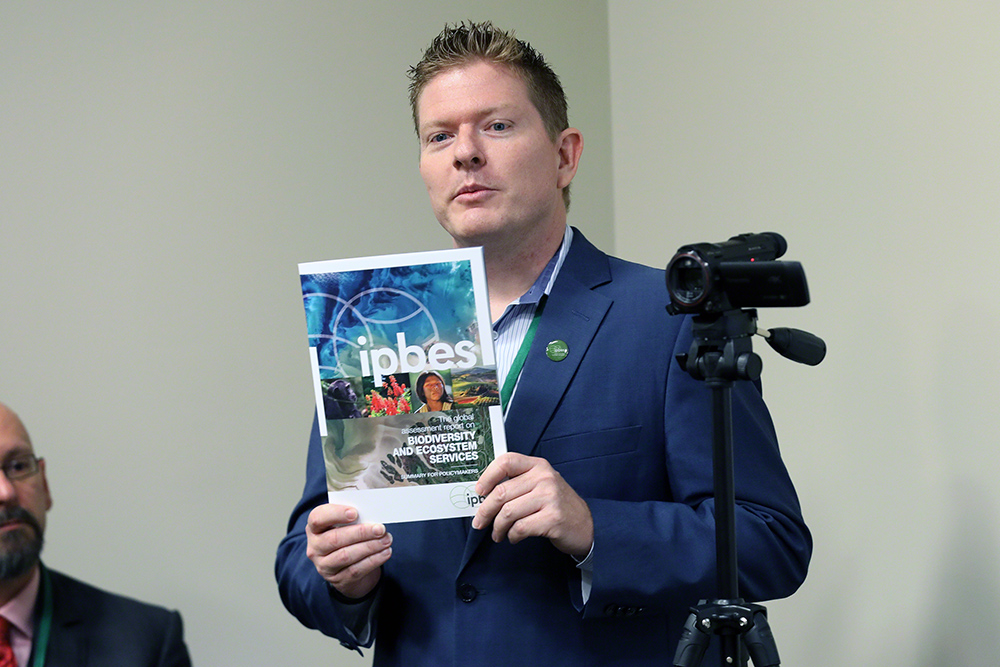
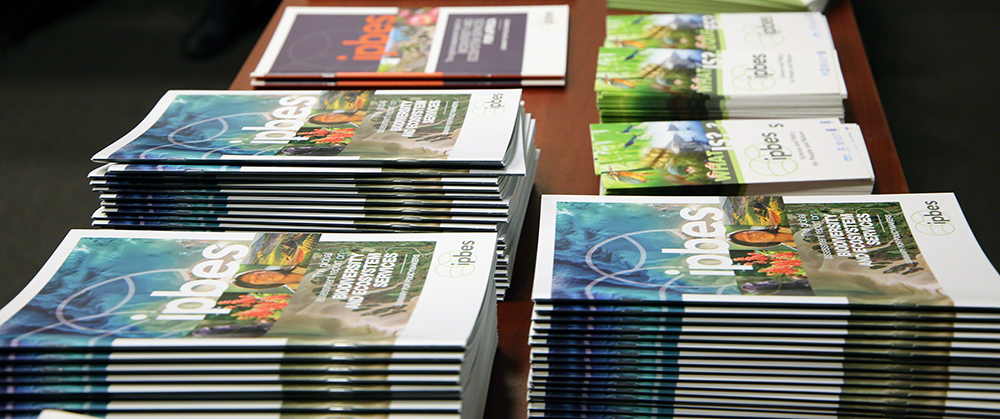
Reception Hosted by the Government of Canada
